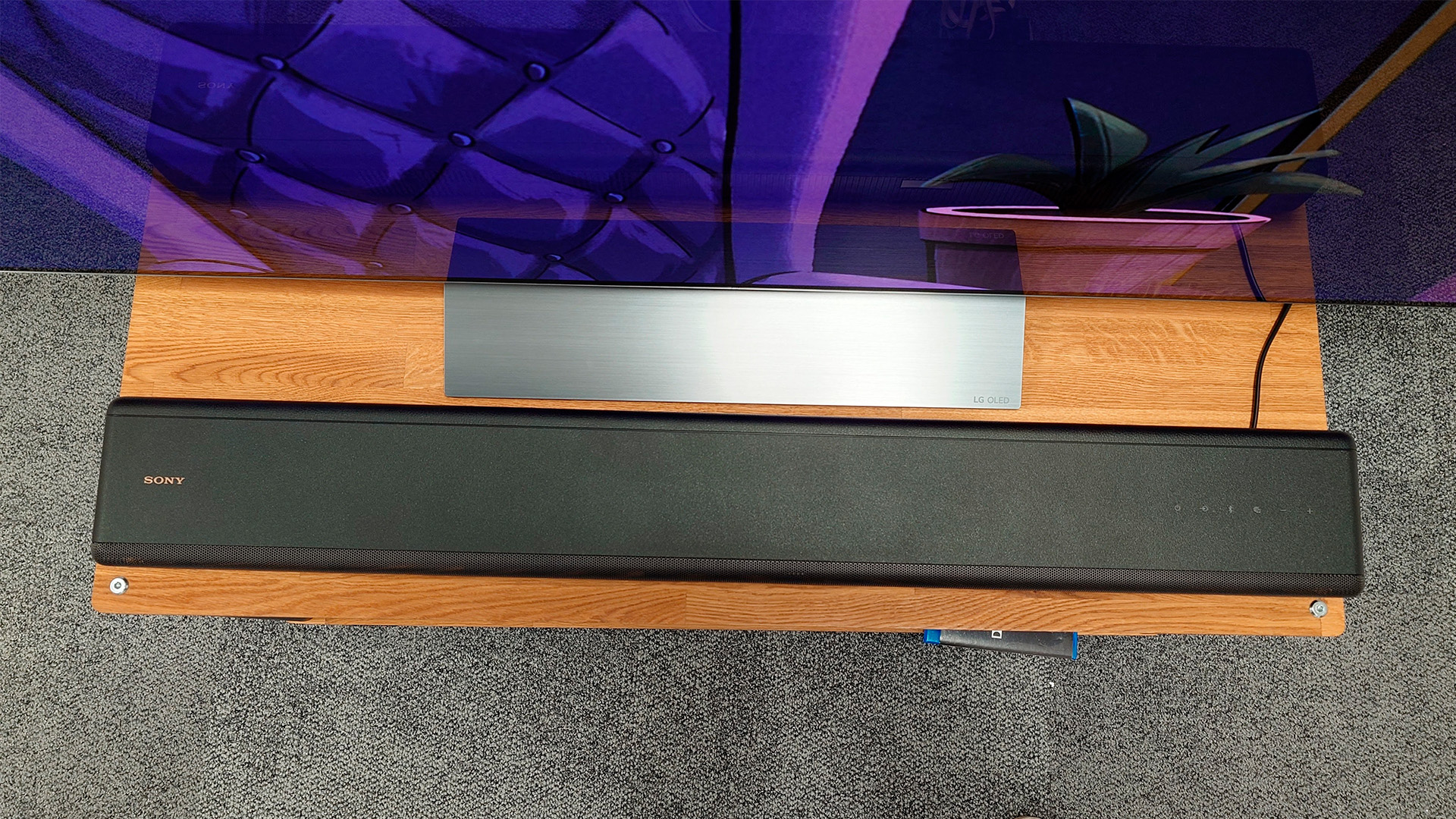
We’ve tested its bigger and more adept siblings, but now it is time to turn our attention to the newest addition to Sony’s HT-A series of Dolby Atmos soundbars, the HT-A3000. It is the smallest, cheapest and lowest-specced soundbar of the currently available trio, alongside the Product of the Year-winning HT-A7000 and the not-so-Award-winning (but still good) HT-A5000.
So what sets this one apart? Well, it's still a Dolby Atmos soundbar, but Sony has cut a few features out in order to reach a lower price point – which means no upward-firing drivers or additional HDMI inputs. This puts it squarely in the sights of the mighty Sonos Beam (Gen 2). Can it compete? The short answer is no, but the A3000 still has plenty to offer.
Price
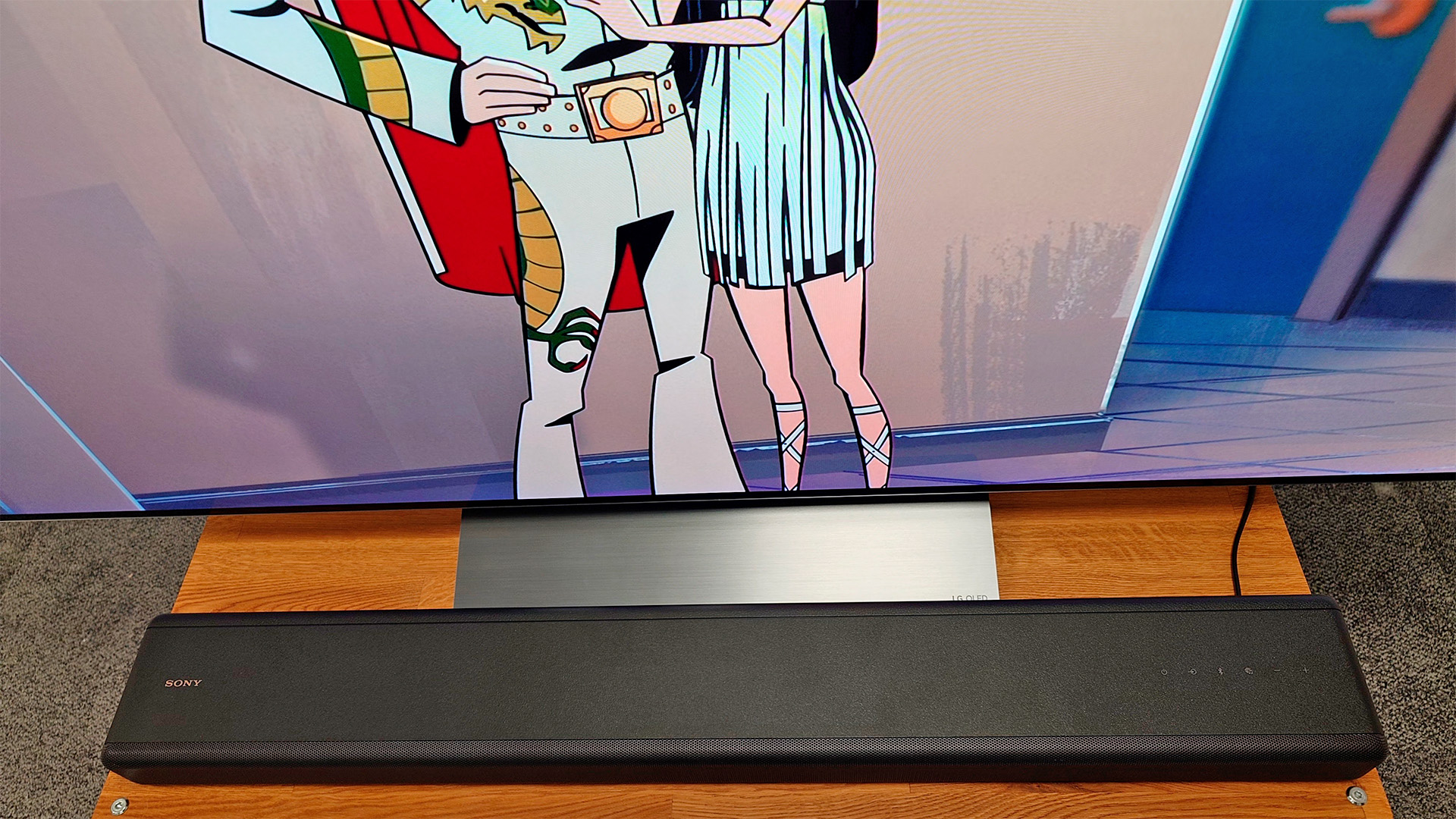
The HT-A3000 is priced at £500 / $700 / AU$800, which pits it directly against the aforementioned Sonos Beam (Gen 2). Tough competition indeed. The catch here is that, despite the identical RRPs, that Award-winning Sonos ’bar is typically on sale for under £400 / $400 in the UK and US (it's unfortunately seldom on sale in Australia).
The A3000 is the “budget” option in Sony's HT-A soundbar range, with the HT-A5000 (£900 / $1000 / AU$1300) and Award-winning HT-A7000 (£1200 / $1300 / AU$1700) sitting as the mid-range and top-of-the-line options respectively.
It’s worth noting that Sony has recently released the HT-S2000 soundbar, which appears to be very similarly specced and slightly cheaper at £449 (around $555 / AU$845). We are yet to test this soundbar so cannot comment if the performance is comparable.
Build
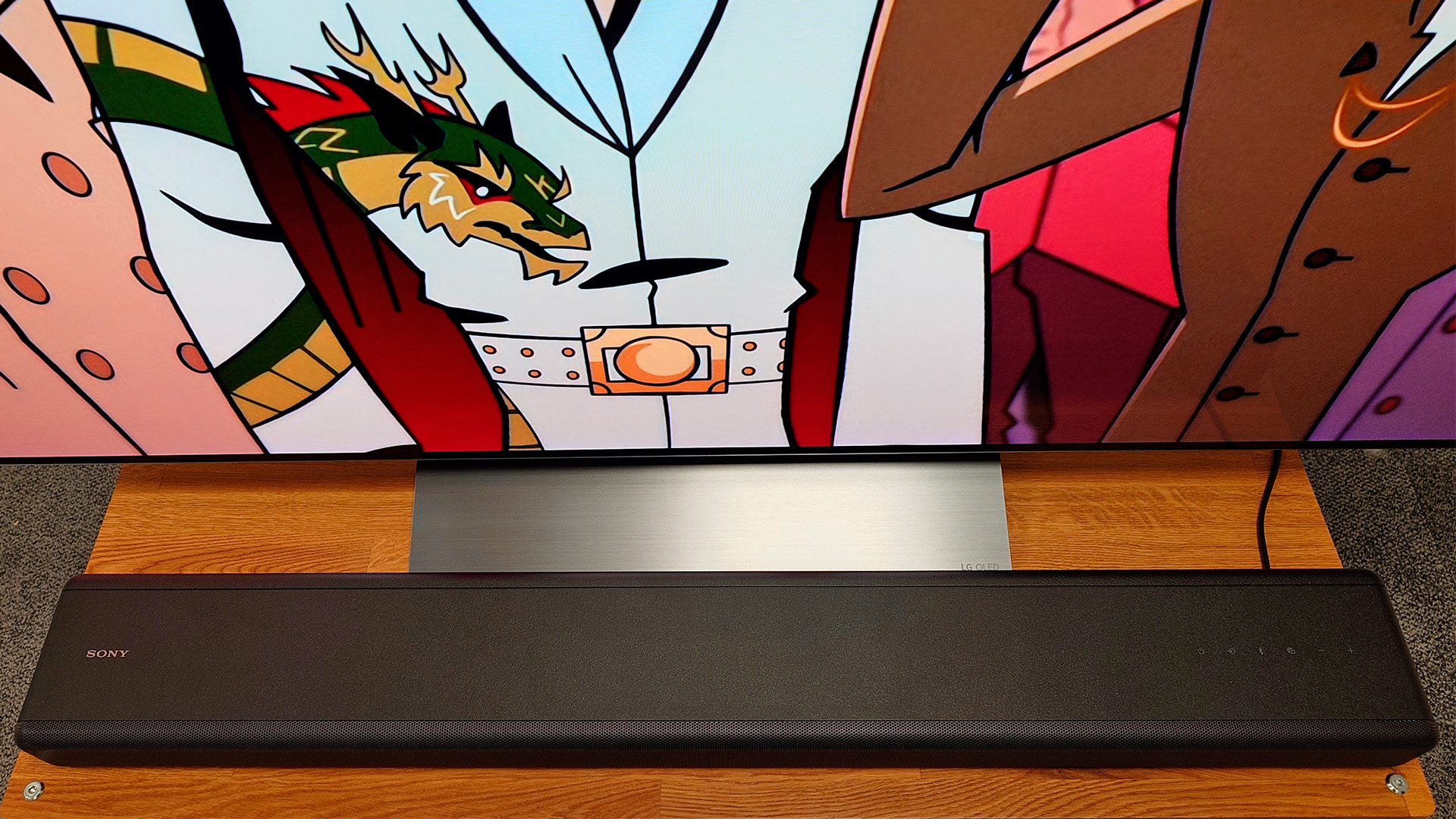
The Sony HT-A3000 has the same DNA as its larger and more expensive counterparts and hereditary design cues are apparent as soon as you remove it from the box. The smooth black plastic build with subtle copper accents immediately draws A5000 and A7000 comparisons, though you won’t find grilles adorning the top panel for upward-firing drivers. More on that later.
What you do get on the soundbar is a selection of capacitive touch buttons for power, input, streaming, Bluetooth and volume control. Fret not, as there is a remote bundled with the soundbar, which means you can adjust settings without moving from the sofa. It’s the same handset that’s included with Sony’s other AV equipment and is very similar to the controller included with Sony’s TVs, too. There is also a small built-in display on the front panel of the bar, which indicates the input that you’re using as well as showing update progress status and various other settings. Most soundbars these days have no display at all or expect you to decipher what's going on through different patterns or colours of lights on the front, so the Sony's display, while basic, is welcome.
The bar measures 6.4 x 95 x 13cm (hwd) and weighs 4.6kg, putting it on the more substantial side of mid-range soundbars. It dwarfs the Sonos Beam, which appears tiny in stature when placed side by side with the Sony, and is considerably bulkier than the LG USE6S rival we have on hand (review incoming).
One grievance we have with the A3000 is its recessed ports, which can be slightly awkward to reach and don’t play nicely with particularly stiff HDMI cables. There are also no HDMI passthrough ports either, meaning the eARC connection that you’ll be sacrificing on your TV won’t be replaced with one on the bar. That's also the case with the Sonos Beam, of course.
Features
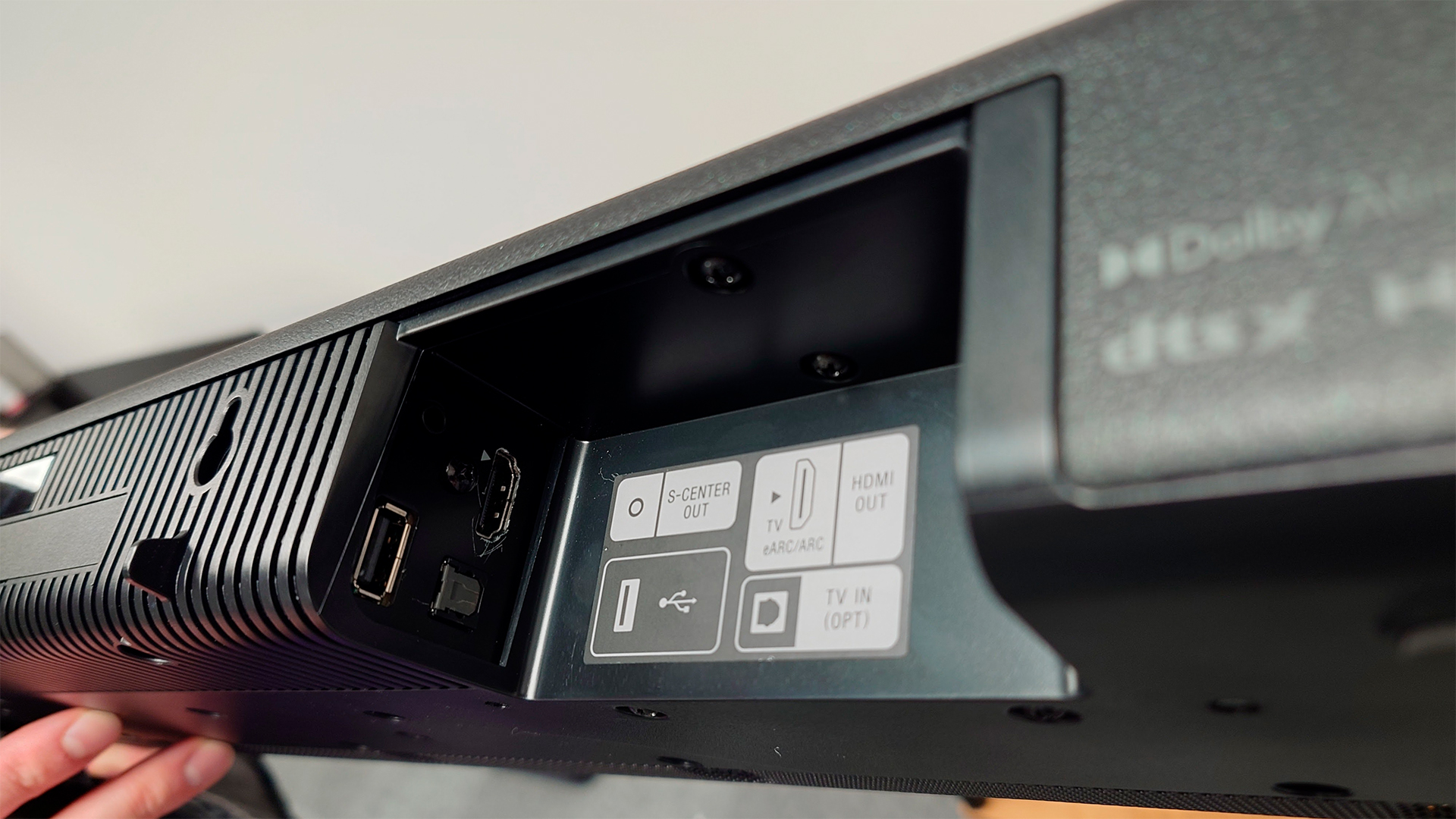
The A3000 is relatively well specced for a soundbar, starting with its intuitive and simple on-screen set-up that is easy to navigate. The soundbar doesn’t feature a room calibration system unless you decide to purchase the additional wireless surrounds, which unlocks the option to optimise sound. The absence of a microphone also means you can’t use any voice assistants natively, but you can connect the soundbar to an Alexa or Google Home-enabled speaker to access Amazon and Google’s respective assistants.
This soundbar is wi-fi enabled, which allows for streaming via Spotify Connect, Apple AirPlay 2 and Google Chromecast, as well as Bluetooth 5.0 with the LDAC codec supported. You’ll find optical and USB-A wired connections alongside the aforementioned HDMI eARC port but there’s no ethernet connector so you’ll have to rely on wi-fi for the internet connection.
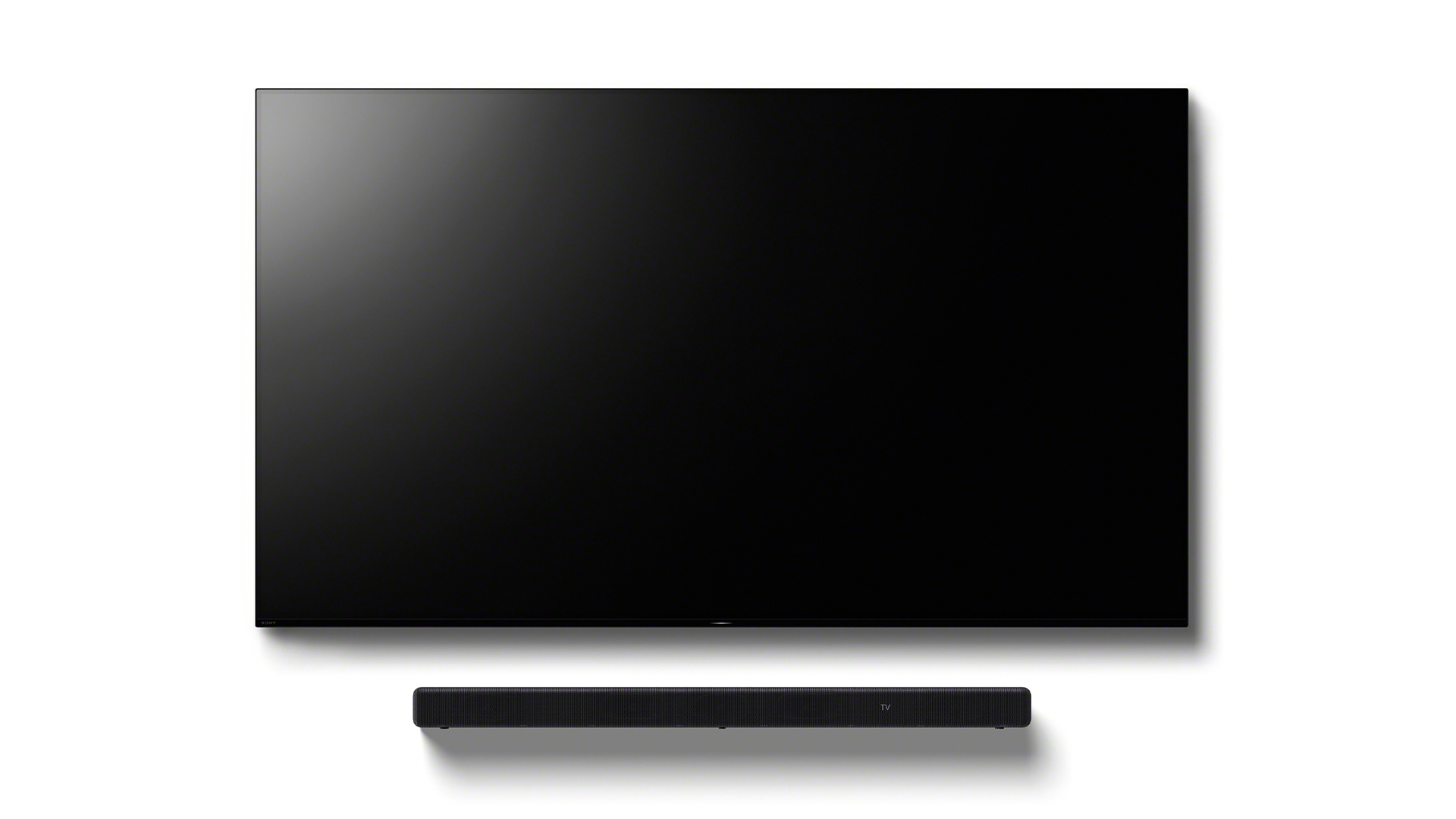
Connectivity HDMI out (eARC), optical, USB, wi-fi, Bluetooth
Sound format support Dolby Atmos, DTS:X, PCM
Streaming Apple AirPlay 2, Chromecast
Voice control Google Assistant, Alexa
Dimensions (hwd) 6.4 x 95 x 13cm
Weight 4.6kg
On the sound front, all major Dolby formats are compatible including Dolby Digital, Dolby Digital Plus, Dolby TrueHD, Dolby Atmos and Dolby Dual mono. DTS is equally well serviced with support for DTS, DTS HD High-Resolution Audio, DTS HD Master Audio, DTS ES, DTS 96 / 24 and DTS:X. You’ll also find support for Sony 360 Reality Audio, a spatial audio technology for playing more immersive tracks via Tidal, Amazon Music HD, Nugs.net and Deezer – you’ll need to look out for specific 360 Reality Audio mixes on these services.
The bar uses a 3.1-channel arrangement comprising three front-firing drivers and a dedicated subwoofer. You may be wondering how Sony achieves the height channels for the spatial audio formats (Atmos and DTS:X) without using upward-firing drivers. The answer is that it uses two virtualisation technologies to imitate the missing channels; S-Force PRO for side-firing surround sound and Vertical Sound Engine for overhead sound. This is a perfectly valid approach at this end of the soundbar market, and the Sonos Beam (Gen 2) also recreates Atmos without the use of up-firing drivers.
Sound
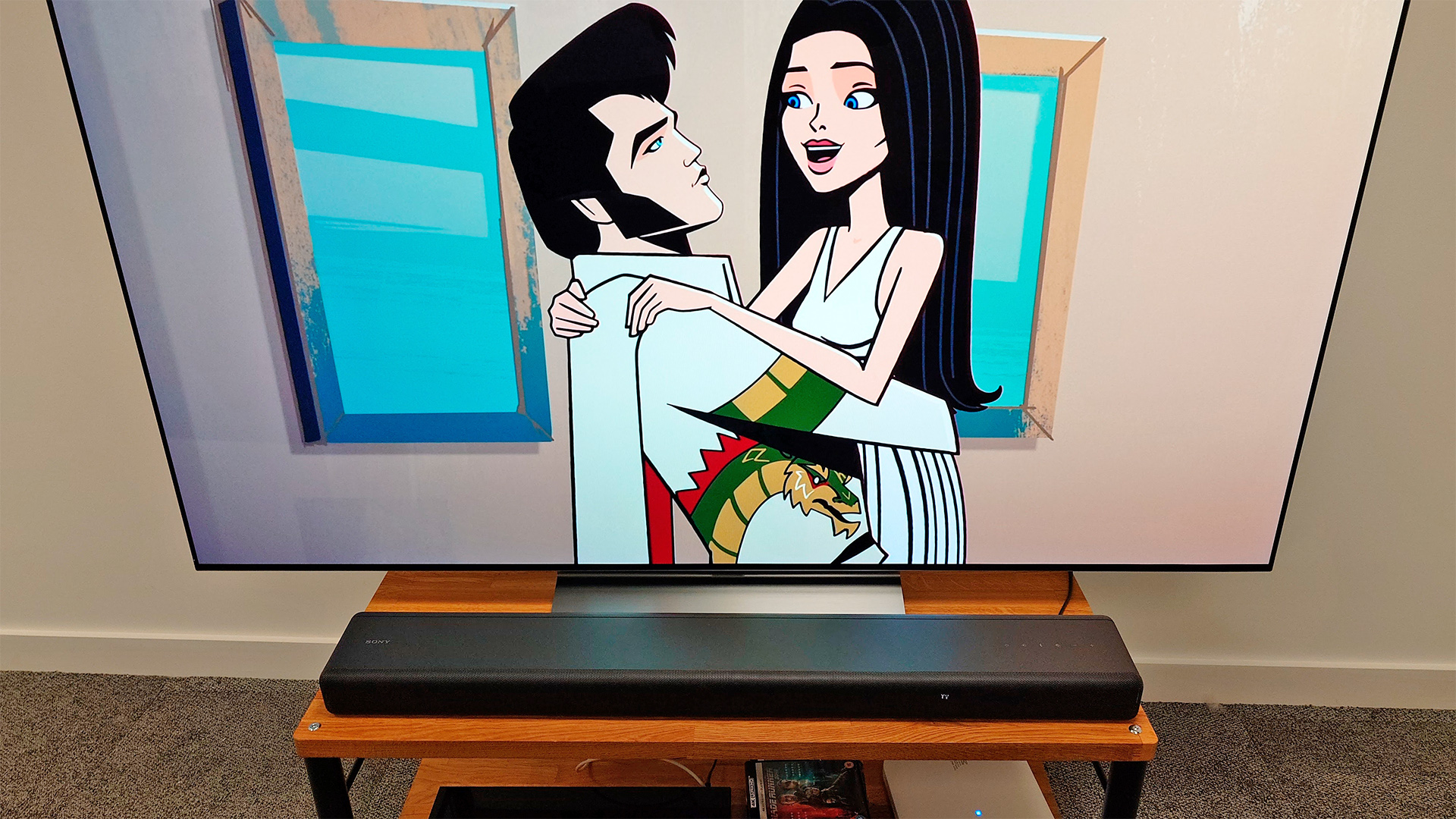
In terms of general characteristics, the HT-A3000’s sound performance is reminiscent of the other Sony soundbars in the range, and while it is lacking in some crucial areas that hold it back from true greatness, it's adequately cinematic in most regards and handles various movie and music scenarios with enough care and attention to the vital areas, all of which equates to a generally well-performing soundbar.
Starting with the opening scene of Unbreakable in Dolby Atmos, the swelling rumble of the B-24 bomber’s engine as it passes over the viewer is effective, due to the soundbar’s decent dynamics. As the dialogue inside the plane begins, we are met with mostly clear, yet slightly recessed vocals that are mixed in with the other diegetic sounds of the World War 2 bomber. While the dialogue could be brought further out of the mix for enhanced clarity, the overall sound is natural and each effect is well-placed.
Switching the Sound Field mode off (the only sound preset you can select) makes the soundstage very narrow but it does also result in clearer and more pronounced dialogue. Unfortunately, the soundbar also adopts a rather dull and lifeless sound with the Sound Field mode turned off, with the once-booming flack explosions of Unbroken now becoming flattened thuds. Switching SoundField back on affirms our thoughts, but there's also still a slight narrowness to the sound when compared to the best in class. Despite Sony’s height and surround virtualisation efforts, the HT-A3000 doesn’t project sound as far as we’d like it to.
Switching to Dune’s Ornithopter ride scene, we’re once again met with clear dialogue and a fairly crisp and detailed sound. Within the cockpit, the inflexion of voices is still evident even with the slight hissing of the microphone filter on the character’s voices. This scene does highlight the slightly insistent sibilance of subjects’ voices, something we also find with music playback, though it’s still much more legible and preferable to the speakers in the LG C3 OLED that we’ve paired it with for testing.
Moving onto something a bit louder and more action-packed, The Batman’s Batmobile chase scene to be exact, we get to see the Sony let loose somewhat. Its muscular sound does a good job of conveying the Batmobile’s snarling engine and the directionality of the sound as the cars make sharp turns and swerve across the motorway is effective. Here is where the bar feels most open and has the most room-filling presence, with the built-in subwoofer doing some heavy lifting with those lower frequencies.
Finishing things off with a musical test, the soundbar doesn’t quite jump the final hurdle, as it delivers a slightly flat and compressed take on Bear’s Den’s track Auld Wives on Tidal. While vocals are clear once again and there is no harshness or any aspects of the track that stick out, the overall presentation feels slightly limp and claustrophobic. We’re met with the same characteristics as with movie audio; that’s to say slightly recessed sound that doesn’t project particularly far into the room, though it is still detailed with a hint of depth.
The soundbar doesn’t get much wrong here, per se, it just doesn’t convey the energy of the song very effectively and the vocals do have a hint of sibilance once again. Switching off the Sound Field mode does make a marked improvement here, as vocals sound more natural and the slight distortion effect of Sony’s virtualisation technology is removed, resulting in a cleaner and more enjoyable sound.
This leads to our formula for using the soundbar with certain content, as we’ve found the following modes suit the relevant content best. If you’re watching a movie and want a more engaging, broader and cinematic sound, then switch Sound Field on. If you’re using it for regular TV use, such as watching the news, or if you’re playing music through it, then switch Sound Field mode off, as it provides clearer vocals and a less processed sound.
Verdict
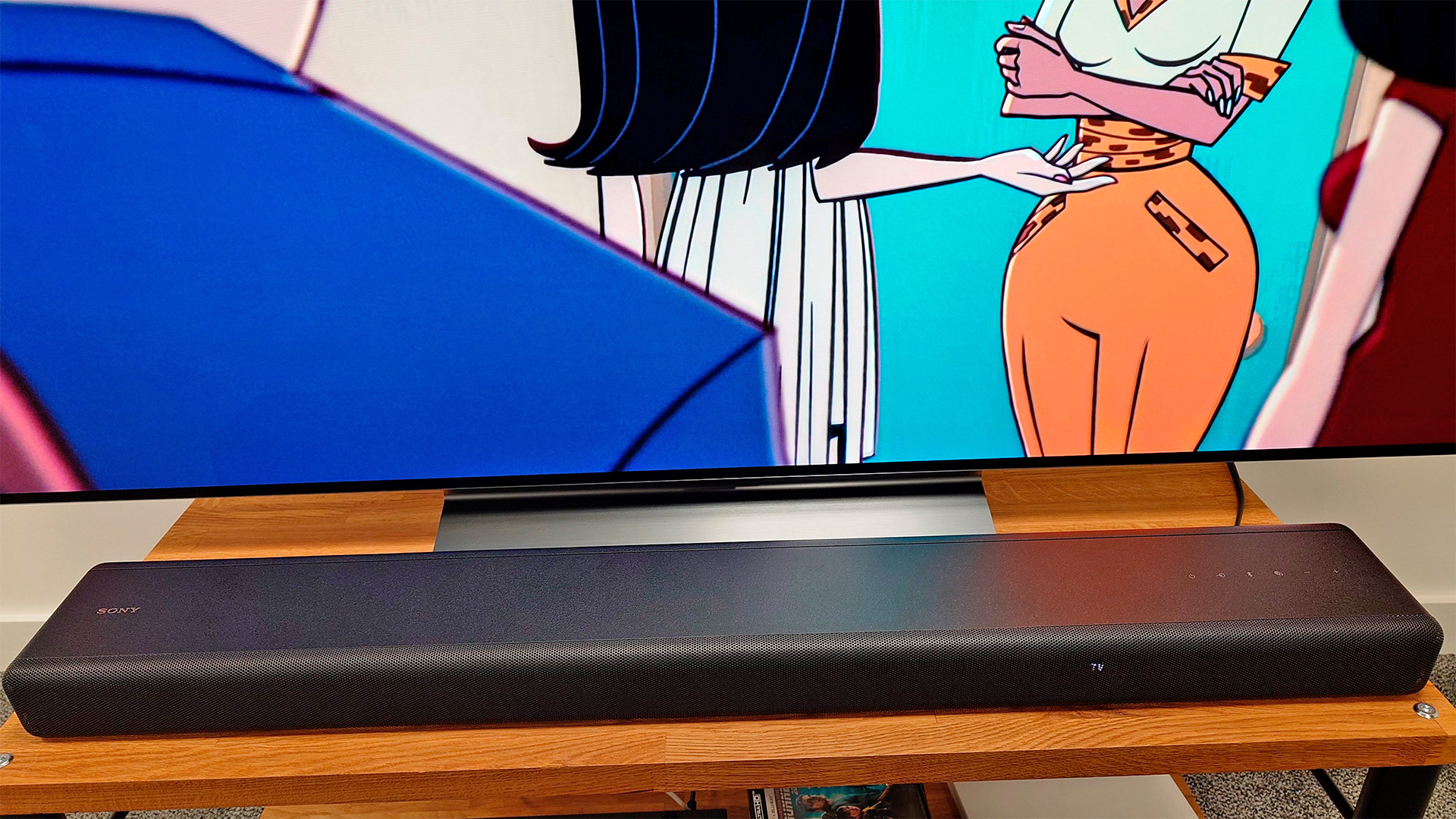
The Sony HT-A3000 will almost certainly be a preferable alternative to your TV’s built-in speakers. However, it can’t quite match the Atmos performance of its similarly priced Sonos rival. That being said, it handles the basics well enough, especially when it comes to detail and tonal balance, making this Sony soundbar a solid choice if you want to upgrade your TV’s audio without breaking the bank.
SCORES
- Sound 4
- Features 4
- Build 4
MORE:
Read our review of the Sonos Beam (Gen 2)
Also consider the Sonos Arc
Best soundbars: top options for every budget, tried and tested







